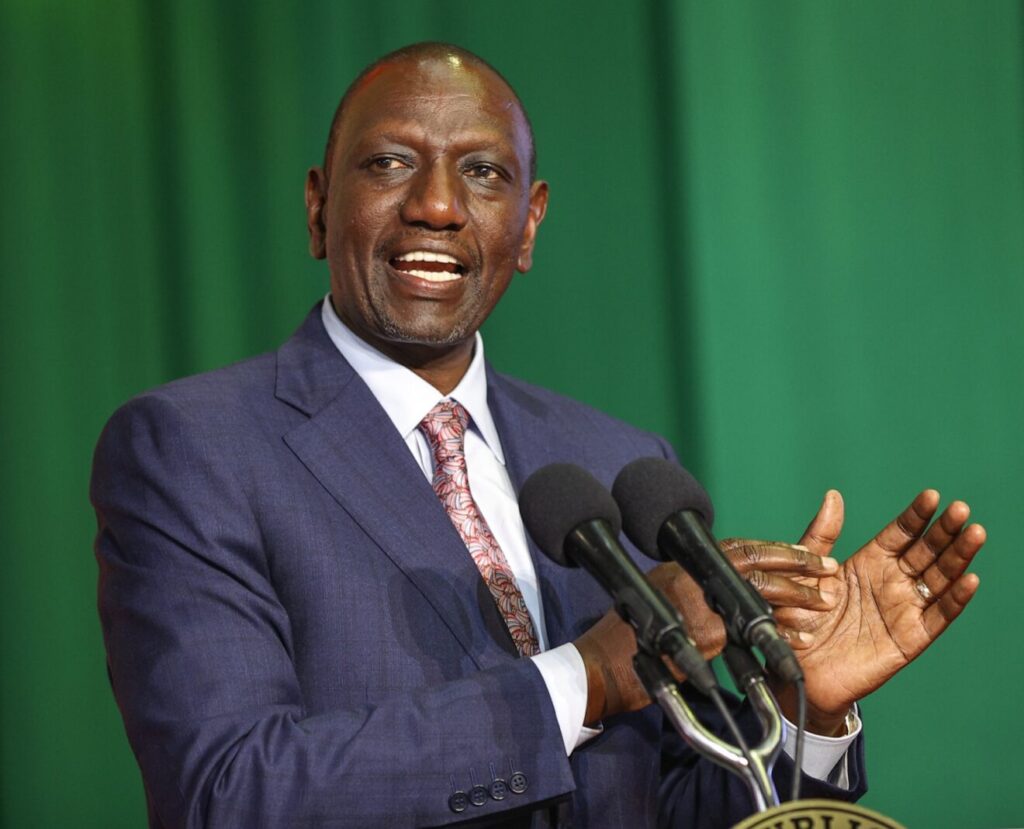President William Ruto has inaugurated the KenGen–Kaishan Green Ammonia Fertiliser Project in Olkaria, Nakuru County, a milestone aimed at driving agricultural self-reliance, green industrialisation, and reduced dependency on fertiliser imports.
Speaking at the groundbreaking ceremony on Monday, Ruto highlighted the project as a key step in transforming Kenya’s economy through renewable energy, innovation, and industrial development. The plant is set to produce up to 480,000 tonnes of fertiliser annually, ensuring farmers have a reliable and affordable supply while shielding the country from global price fluctuations.
Kenya imported over 600,000 tonnes of fertiliser in 2023, with 443,000 tonnes costing nearly Sh60 billion in the first half of 2025 alone. “Each shipment represents a cost to our Treasury and a lost opportunity for our people,” Ruto said, noting the project’s significance in achieving self-sufficiency.
The facility will use 165MW of geothermal energy to synthesise green ammonia into fertiliser, marking it as the first project of its kind in Africa. Kenya’s geothermal potential stands at 10,000MW, but only 1,000MW has been exploited. The initiative is expected to prevent over 600,000 tonnes of carbon dioxide emissions annually, equivalent to removing 130,000 petrol and diesel cars from the roads.
With an investment of $800 million, the plant is projected to generate Sh1.7 billion ($13 million) in annual profits for KenGen and create over 2,000 jobs, while training experts in geothermal energy, hydrogen, and industrial operations.
Ruto emphasized that green fertiliser will strengthen Kenya’s position in global markets, support sustainable innovation, and boost exports. The government also plans to expand energy capacity to 10,000MW, develop 50 mega dams for irrigation, dual 1,000km of highways, and tarmac 10,000km of rural roads efforts aimed at building a modern, food-secure nation with world-class infrastructure.

